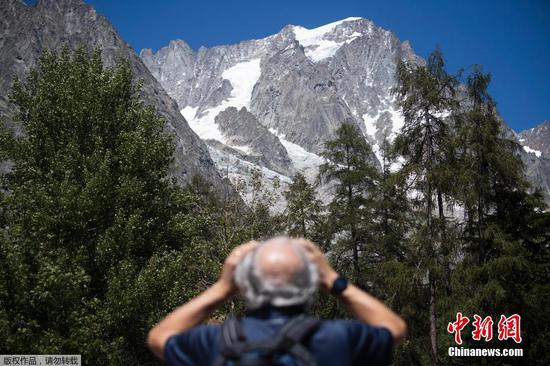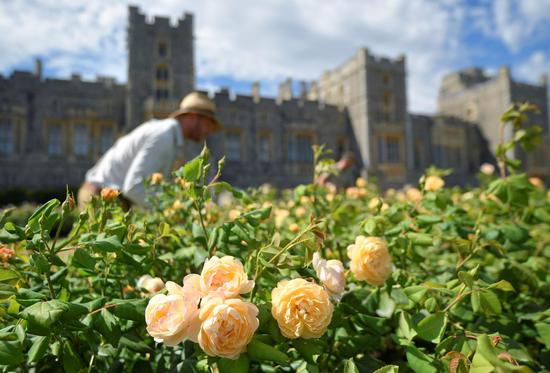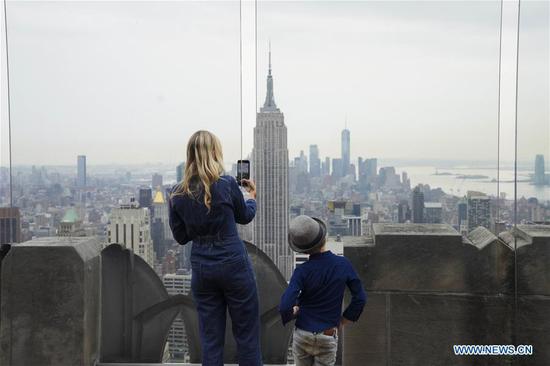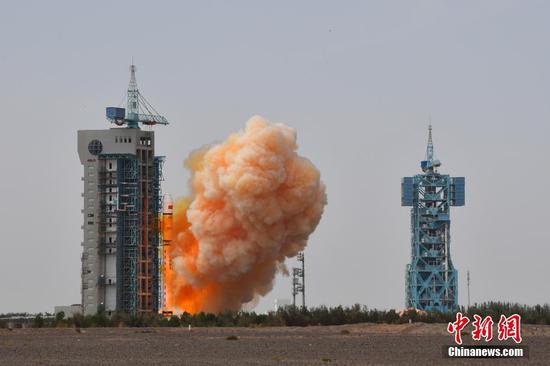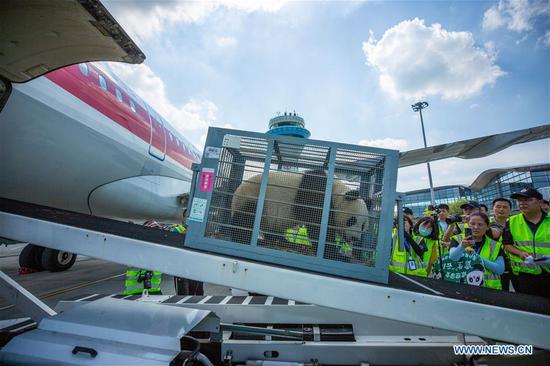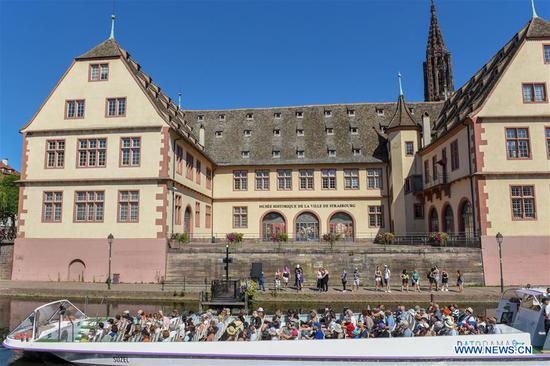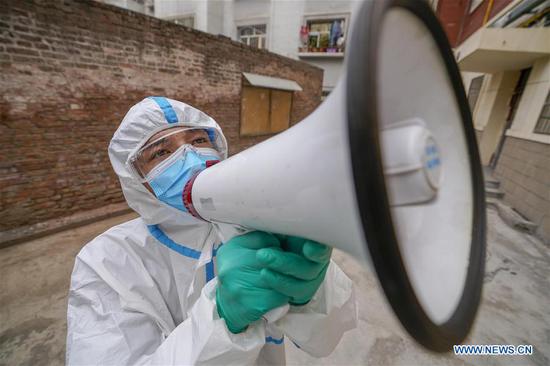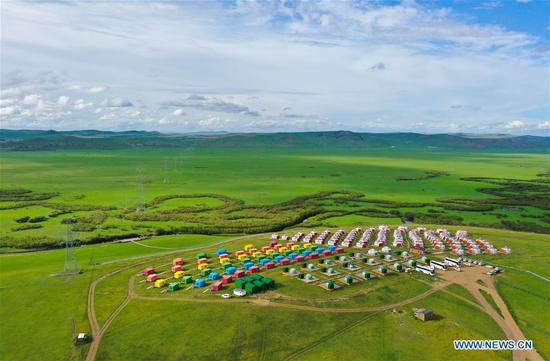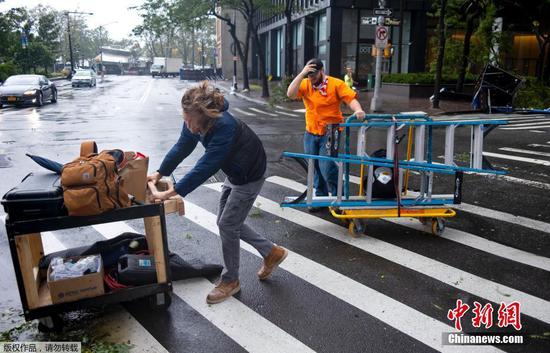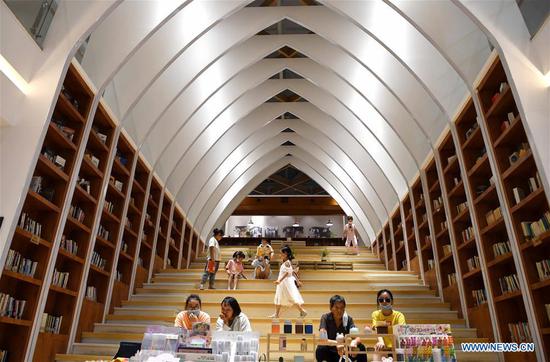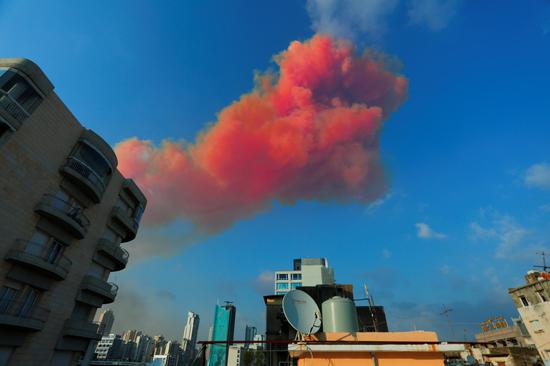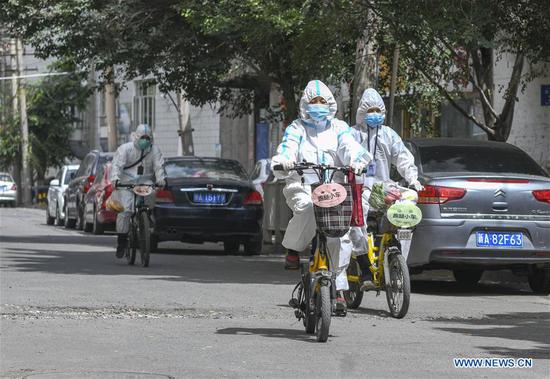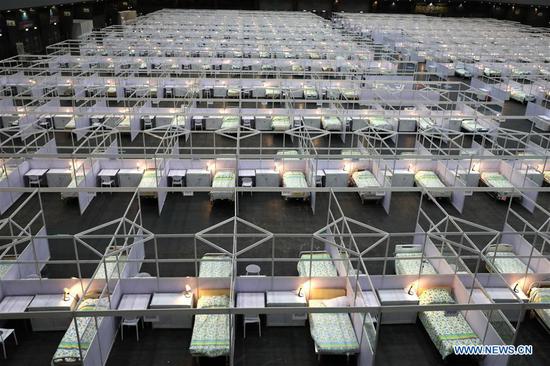
Less than 90 days from the U.S. presidential election, the country's COVID-19 cases surpassed 5 million on Sunday while public opinions remain sharply divided over the government's response to the pandemic.
The number of U.S. confirmed COVID-19 cases rose to 5,017,150, with the national death toll reaching 162,635 as of 12:34 pm local time, according to a tally by Johns Hopkins University.
The hardest-hit U.S. state of California reported 555,797 cases, followed by Florida with 532,806 cases, Texas with 497,915 cases and New York with 420,860 cases, the data showed. Other states with over 180,000 cases included Georgia, Illinois, Arizona and New Jersey.
The grim milestone came as White House officials and Democratic lawmakers remained deadlocked over a new relief bill. President Donald Trump signed four actions on Saturday, trying to move around Congress and assert executive power.
One of the actions would extend extra unemployment benefits through the end of the year at a reduced level of 400 U.S. dollars per week, instead of the 600 dollars approved by Congress in late March, which expired at the end of July.
Trump said the reduced level of extra benefits would give people "a great incentive" to go back to work. The new order also demands that states cover 25 percent of the 400-dollar weekly benefits.
"Instead of passing a bill, now President Trump is cutting families' unemployment benefits and pushing states further into budget crises, forcing them to make devastating cuts to life-or-death services," House Speaker Nancy Pelosi and Senate Minority Leader Chuck Schumer said in a joint statement.
An influential model from the Institute for Health Metrics and Evaluation (IHME) at the University of Washington has projected there will be 295,011 COVID-19 deaths by Dec 1 in the United States.
The country's actual number of COVID-19 cases may be 6 to 24 times higher than reported, according to a recent study by the U.S. Centers for Disease Control and Prevention.
With the virus still spreading, the Trump administration has continued to push schools to reopen in the fall. School reopening is seen as a crucial step to restarting the country's economy for his reelection campaign.
In a Friday opinion piece on The New York Times, President of the Federal Reserve Bank of Minneapolis Neel Kashkari and Michael T. Osterholm, director of the Center for Infectious Disease Research and Policy at the University of Minnesota, urged policymakers to commit to a more restrictive lockdown, state by state, for up to six weeks to crush the spread of the virus to less than one new case per 100,000 people a day, whereas the country currently reports 17 new cases per 100,000 people a day.
According to a new ABC News/Ipsos poll of 730 adults on July 29-30, only 34 percent of Americans said they approved the president's handling of the novel coronavirus pandemic.
"It's no mystery how America got here," the NYT editorial board said in an opinion on Saturday.
The Trump administration's response to the pandemic has been "disjointed and often contradictory, indifferent to science, suffused with politics and eager to hand off responsibility to state leaders. Among the states, the response has also been wildly uneven," it said.
The pandemic has also intensified political and ideological differences in U.S. society. Liberal media argued that the public should stay indoors and children should stay home from school until there is a vaccine. In contrast, conservative media contended that people should take proper safety precautions, but life should go on as usual.
Conservatives voiced their belief that left-leaning media put irrational emphasis on the number of cases, which critics said had stirred panic and led to poor government decisions, while liberals said conservative media had not taken the deadly virus seriously enough and this could endanger peoples' lives.
The divide was even larger between Republicans who described themselves as being conservative and Democrats who described themselves as liberals, according to a report from the Pew Research Center.










